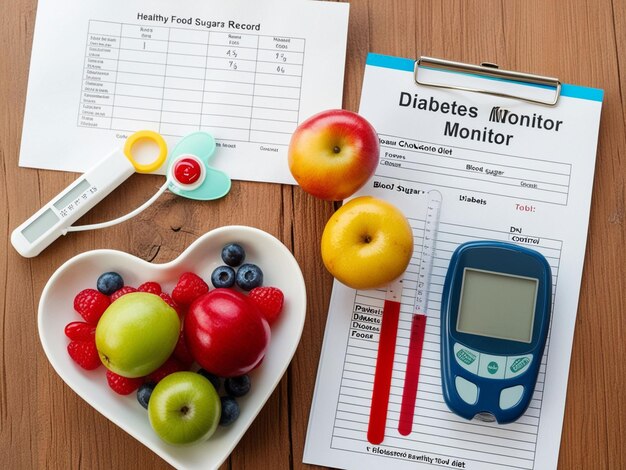Discovering the Possibility: Can Type 2 Diabetes Be Reversed?
The diagnosis of Type 2 Diabetes can initially feel overwhelming, leaving many wondering about the road ahead. Yet, there is growing evidence suggesting that this chronic condition may not be a life sentence. Instead, various lifestyle changes might provide an opportunity for reversal, offering hope to millions worldwide.
Understanding the Path to Reversal
Recent studies and personal testimonies seem to bolster a hopeful narrative: Type 2 Diabetes can be reversed for some individuals. Reversal generally means maintaining normal blood sugar levels without medication. The key to this lies primarily in weight management, healthy eating, and regular physical activity.
The Role of Diet and Lifestyle
The crux of Type 2 Diabetes reversal is a sustained healthy lifestyle. Here are some transformative steps widely advocated:
Weight Loss: Achieving and maintaining a healthy weight is one of the most effective strategies. The reduction of excess fat, especially around the abdomen, can help re-sensitize insulin cells, enabling more effective blood sugar regulation.
Balanced Diet: Cutting down on carbohydrates, sugar, and unhealthy fats while emphasizing vegetables, whole grains, lean protein, and healthy fats is crucial. Consider consulting with a nutritionist to tailor a plan that fits your needs.
Regular Exercise: Engaging in regular physical activities like walking, cycling, or swimming enhances insulin sensitivity, facilitating better sugar uptake by the body's cells.
Consistent Monitoring: Regular check-ups and monitoring of blood sugar levels help keep track of progress and adjust strategies as needed.
Medical and Financial Support
While lifestyle changes are a beacon of hope, the journey is not always straightforward. Here’s where medical support and financial assistance can make a difference. Some may require medications or have related concerns, and understanding available resources is essential.
Exploring Supportive Resources
Government Programs: Various government initiatives, like Medicaid and Medicare, offer coverage for diabetes management and prevention programs.
Healthcare Subsidies: Subsidized health programs can lighten the financial burden, making it easier for individuals to focus on managing their condition without monetary stress.
Educational Grants: For those seeking deeper knowledge or formal learning, educational grants can assist in covering the costs of relevant courses or certifications in health and nutrition.
Debt Relief Options: When medical expenses accumulate, exploring consumer debt relief options can be a safeguard, preventing financial distress while securing necessary resources.
The journey to reversing Type 2 Diabetes might be challenging, but it's uniquely personal and can be aided by understanding and utilizing available support systems. Changes might not happen overnight, but with perseverance, support, and access to resources, reversing Type 2 Diabetes can transform from possibility to reality.
Navigating Financial Resources and Educational Opportunities 🏦🎓
- Medicaid/Medicare: Offers healthcare coverage that includes diabetic prevention and management services.
- Supplemental Nutrition Assistance Program (SNAP): Provides funds to purchase healthy foods for low-income individuals and families.
- Diabetes Self-Management Education and Support (DSMES): Programs available to help manage diabetes through educated lifestyle changes.
- Federal Student Aid: For those seeking to study nutrition or health management fields; includes Pell Grants and other federal aid options.
- Consumer Debt Relief: Consider consulting with a financial advisor on consolidating loans or exploring debt relief pathways.
- Community Health Centers: Often provide free or low-cost services, including dietary advice and diabetes screening.
Making informed choices and utilizing these resources can empower you to take steps towards mitigating the impact of Type 2 Diabetes and possibly lead to its reversal.
